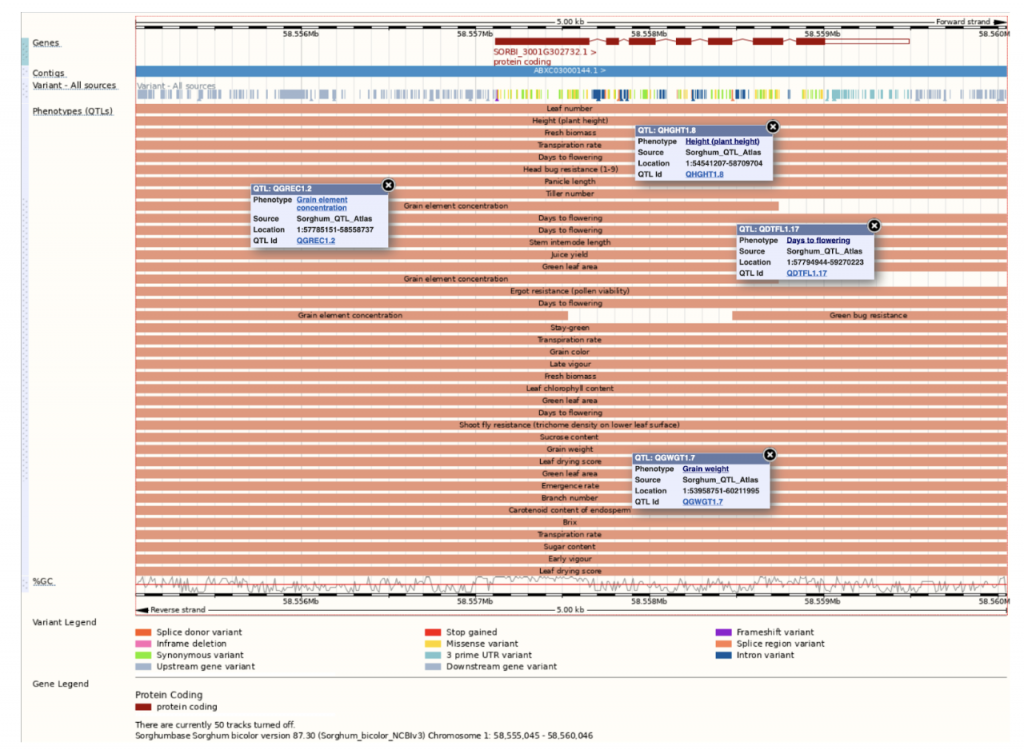Unlocking the genetic secrets of sorghum’s nutritional potential and drought resilience
Sorghum (Sorghum bicolor (L.) Moench) is an important source of protein and micronutrients for the majority of the population in sub-Saharan Africa. In fact, sorghum is a vital source of iron and zinc, has more mineral content than rice and wheat, and contains 12% protein on a dry-weight basis. However, there is great variation in the amount of protein, mineral nutrition, and amino acid profiles among sorghum lines. Biofortification through genetics has the potential to improve the nutrition of many in the developing world. Additionally, water stress and drought reduce nutritional quality as well as growth and yield. In the same vein, the grain mineral status of plants has an influence on their ability to withstand external stressors. Researchers from Tottori University, Agricultural Research Corporation, RIKEN Center for Sustainable Resource Science, Okayama University, and Khartoum University analyzed global sorghum accessions in an effort to not only identify genes or genomic regions associated with increased nutritional value, but also to identify associations between drought resistance (DR), grain weight and nutritional composition. One hundred and sixty-three African and Asian accessions were assessed for yield traits (thousand-kernel weight (TKW) and plant height (PH)) and seed quality or nutrition (16 macro- and micro-elements and protein content) in irrigated and post-flowering drought conditions. In Asian accessions, protein content was positively correlated with TKW, copper, manganese, phosphorus, sulfur, and zinc indicating that selecting simultaneously for micronutrients, protein, and TKW may be the best course of action. Conversely, in African accessions, manganese and zinc were negatively correlated with TKW. However, there was no relationship detected with other elements suggesting that increasing TKW had no effect on the concentrations of these elements. Overall, the authors confirmed that grain nutrition levels are controlled by a complex genetic network at multiple loci. Quantitative Trait Loci (QTLs) significantly associated withDR, TKW, PH, protein, and zinc, manganese and calcium content were found on chromosomes 1, 2, 4, 8, 9, and 10. Based on the colocalization of some traits, the authors feel it would be possible to improve both drought resistance and nutritional content simultaneously. The results also show a possible link between calcium and zinc content and drought resistance, plant height and TKW, which warrants further investigation.
These results indicate that it may be possible to select for increased DR on the basis of grain nutrition and weight potential.
SorghumBase example:

Reference:
Kamal NM, Gorafi YSA, Tomemori H, Kim JS, Elhadi GMI, Tsujimoto H. Genetic variation for grain nutritional profile and yield potential in sorghum and the possibility of selection for drought tolerance under irrigated conditions. BMC Genomics. 2023 Sep 2;24(1):515. PMID: 37660014. doi: 10.1186/s12864-023-09613-w. Read more

